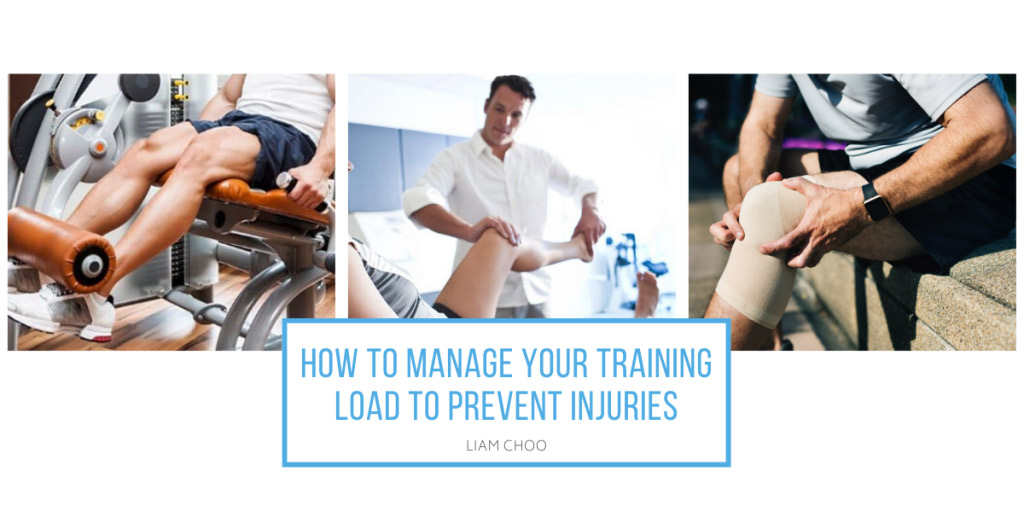
Injuries are not a pleasant experience and are one of the main reasons that people stop playing the sports that they love.
The most common reason for persistent injuries in sport is over-doing it, or having a training loadthat is too high.
Some of the common injuries that occur as a result an inappropriate training load include shoulder pain, plantar fasciitis, tendinopathies and muscle strains.
In this article, you’ll learn about training load and how to manage your load to reduce injuries.
What is training load?
Training load is the amount and intensity of training or game time you are doing.
For example, if you were doing one 60-minute training session and one 60-minute game per week your training load is 120-minutes.
It is also a good idea to rate the intensity of your session. You can do this easily by rating the sessions on a scale of low, moderate or high intensity.
Keeping track of this is important, as sudden large deviations in your training load will increase your risk of injury.
Gradual increase allows your body to adapt
Playing sport is a great way to get your exercise. When you start a new sport or new type of exercise, the safest way to do it is to progressively ease your way into it.
This gives your body time to adapt and recover from the new stresses placed on it.
For example, if you are about to start playing indoor soccer, you can start doing some of the movements required in the sport such as small sprints, changing directions and kicking.
This gradual increase in training load gives your body time to get used to the demands of the activity rather than having a large spike in your training load by going straight into a game.
Rest
As we know, exercise is an essential part of our lifestyle for health and well-being. However, getting sufficient rest in-between our bouts of exercise is important to minimise our risk of injury.
When we exercise, different types of stresses are placed on the various tissues within our body. Luckily our bodies are very smart and are able to adapt to these stresses. This does, however, require appropriate rest.
The higher intensity and duration your activity is, generally the more rest your body will need in between bouts of exercise. Over time your body will become better at handling the load placed on it and less recovery time will be necessary.
What if I’m already injured?
It is alright to continue playing sport with a persistent injury if you can tolerate it, but it is essential that you are working on some rehab for that injury at the same time.
Seeking the advice of a professional such as an Exercise Physiologist on how to manage your injury wil help you prevent your injury getting worse, and help speed your recovery.
If you have a persistent injury or would like further information and advice on training load and minimising your risk of injury, please call us on (02) 6257 9400.
If you would like some more information about other aspects of your health and how they can be improved, please check out the other articles on our Facebook page or go to our website: www.spinecentre.com.au.
Also, make sure you read the other interesting articles we post on exercise this month.
